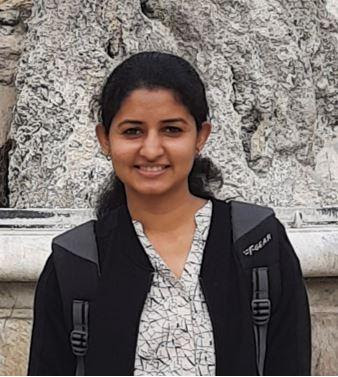About author
Ashwathi Rajeevan obtained her BS-MS degree in Life Science from the Indian Institute of Science Education and Research (IISER), Bhopal. She is currently pursuing her Ph.D. under the mentorship of Prof. Sachin Kotak at the Department of Microbiology and Cell Biology at the Indian Institute of Science (IISc), Bengaluru, where she is studying the mechanisms that regulate various processes at mitotic exit like cleavage furrow formation and chromatin decondensation.


